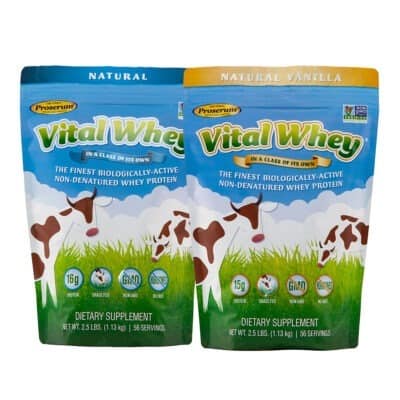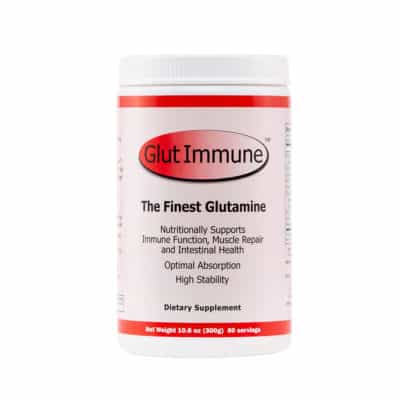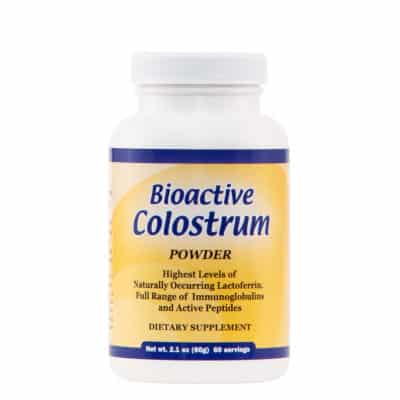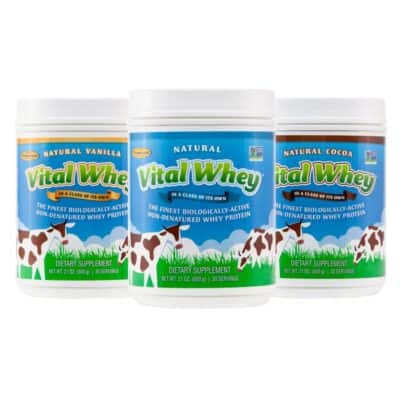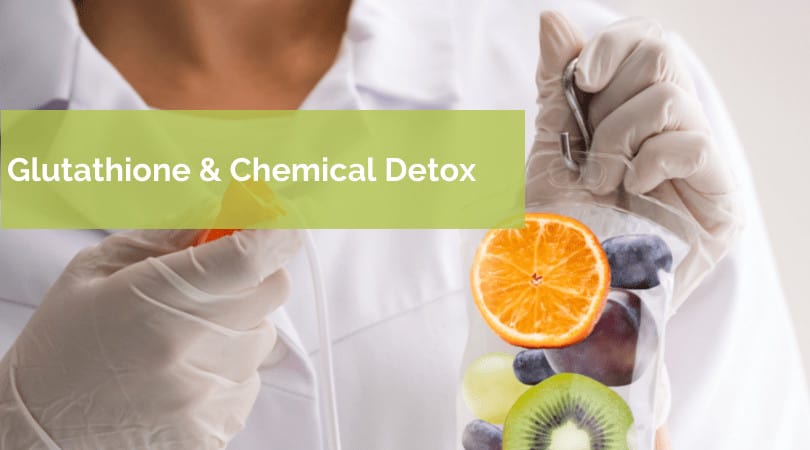
The antioxidant glutathione is critical when it comes to detoxification from chemical substances. If you’re battling substance abuse, supporting normal glutathione levels can help overcome addiction and withdrawal.
If overcoming a substance abuse addiction is one of your goals, undergoing a chemical detox and withdrawal are a few hurdles you’ll be jumping. It’s not enough to just “quit” your substance. You want to give your body the best chance fully detoxing for true recovery. Glutathione can be very useful to effectively detox chemicals from your body.
Glutathione detox refers to the use of glutathione for chemical detox. Chemical detox is one of the first steps to substance abuse recovery and involves flushing out unwanted chemicals from your body such as alcohol, cocaine or other drugs.
Withdrawal symptoms from chemical detox are no joke. A person may experience nausea, vomiting, fever, chills, restlessness, hallucinations, to name a few. Headaches, flu-like symptoms, excessive sweating and heart palpitations may also occur. Chemical detox symptoms may vary from one chemical to another.
How Glutathione Detox Works
Glutathione is a substance created in the liver. It is made up of three amino acids: cysteine, glycine and glutamic acid. Glutathione functions as an antioxidant and co-enzyme for chemical reactions that are responsible for healing and protecting cells. Detox help is another role it may play.
When our bodies are exposed to environmental toxins such as alcohol or drugs, heavy metals, or pollutants, compounds called free radicals are produced. These unstable molecules can damage tissue and start the aging process from the inside out. They may also deplete glutathione over time.
Free radicals impair the immune system which increases the risk of chronic illnesses such as cancer and autoimmune diseases like rheumatoid arthritis. Depletion of glutathione levels has also been associated with cardiovascular issues, diseases of the nervous system and cancer.
Glutathione levels decrease as we age and as we’re exposed to various chemical toxins. Unlike other antioxidants which come from plant foods, glutathione is made form the protein in our diets. Protein sources rich in cysteine, glutamic acid and glycine are important to replenish glutathione.
According to Joseph Pizzorno, a Naturopathic doctor, new production of glutathione is controlled by the amount of available cysteine and glutamic acid. If levels of glutathione are already low due to on-going oxidative stress, the need for glutathione is even higher.
Glutathione Detox Push
An example of how some health and wellness centers lean into the effects of glutathione and chemical detox is through a glutathione detox push which is a specific intravenous (IV) infusion of glutathione. The procedure is done in an outpatient clinic or office setting by trained technicians.
A glutathione detox push may also include an infusion of B vitamins to detox chemicals from your body. B vitamins are often depleted in individuals with substance abuse, particularly alcohol abuse, due to poor nutritional intake, increased demand for metabolizing substances and poor gastrointestinal absorption.
Research on glutathione detox push is limited at best and clinical practices on detox help will vary. Therefor it is crucial to seek advice from a trusted and credentialed medical source before engaging in any health and detox related treatment. Side effects of IV infusion may include: redness, itching, and irritation at injection sites. Patients may also feel a little tired after an infusion is complete. Intravenous use is relatively low risk.
Protecting Glutathione
Since smoking, alcohol and drug exposure increase the need for glutathione, one way to protect its degradation is to eliminate or reduce exposure to these toxins. A good rule of thumb is if you don’t drink, smoke or do drugs- don’t start!
Another way to reduce toxic load is to consume organic and locally sourced food such as fruits, vegetables and animal products. Organic, grass-fed animals for example, will have less pesticide exposure than traditionally raised animals, which will reduce their exposure to toxins and conversely reduce yours as well.
How to Boost Glutathione Production
As glutathione production relies on cysteine, it’s important to obtain this amino acid in your diet. Soy, and minimally processed animal products often provide all the essential and non-essential amino acids to make a complete protein, including cysteine, glutamic acid and glycine.
One useful source is dairy protein, which includes whey. The whey protein from cow’s milk is a great bioavailable source of cysteine. In particular, protein supplements/powders derived from grass fed cows provides a packed source of cystine without the toxins and chemicals. An added bonus with whey protein from grass-fed cows is that organic feed will contain less pesticides than traditional feed. If you’re looking to boost glutathione production naturally, this is an excellent ‘whey’ to do so.
References
- https://medlineplus.gov/ency/article/000764.htm
- Kumar M, Sarma DK, Shubham S, Kumawat M, Verma V, Prakash A, Tiwari R. Environmental Endocrine-Disrupting Chemical Exposure: Role in Non-Communicable Diseases. Front Public Health. 2020 Sep 24;8:553850.
- Pastore A, Federici G, Bertini E, Piemonte F. Analysis of glutathione: implication in redox and detoxification. Clin Chim Acta. 2003 Jul 1;333(1):19-39.
- Pizzorno J. (2014). Glutathione!. Integrative medicine (Encinitas, Calif.), 13(1), 8–12.
- Lewis MJ. Alcoholism and nutrition: a review of vitamin supplementation and treatment. Curr Opin Clin Nutr Metab Care. 2020 Mar;23(2):138-144.
- Jarrell ZR, Ahammad MU, Benson AP. Glyphosate-based herbicide formulations and reproductive toxicity in animals. Vet Anim Sci. 2020 Jun 24;10:100126.
- Should You Take Whey Protein Powder After Surgery? - March 2, 2023
- How Much Protein is Too Much? - January 30, 2023
- Is Whey Protein Keto Friendly? - January 30, 2023

